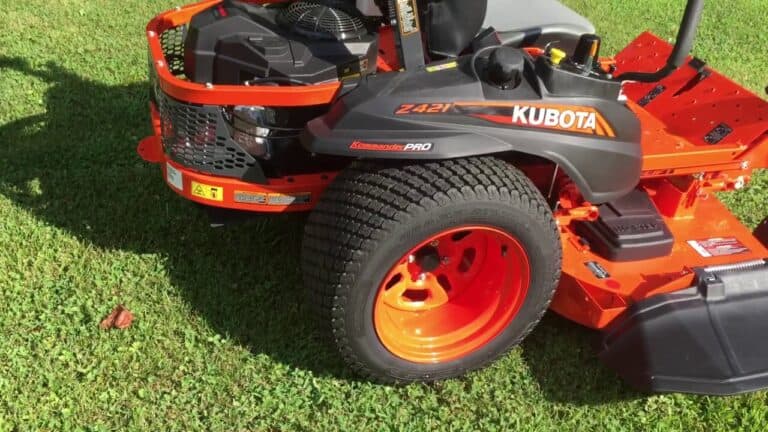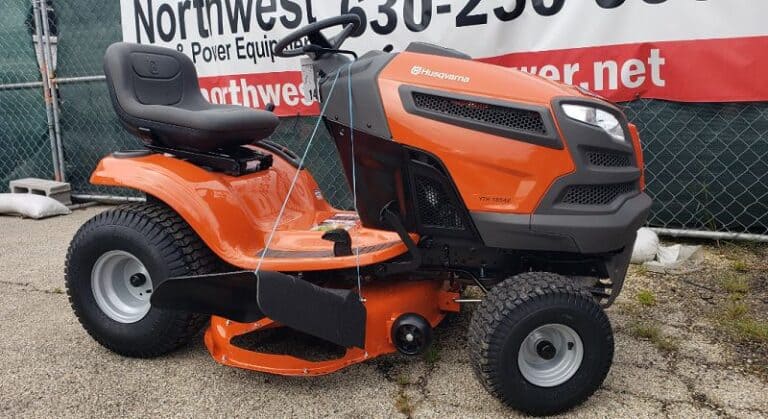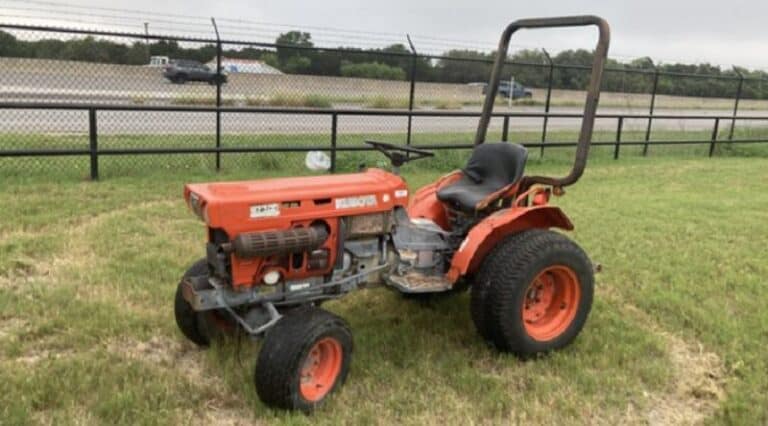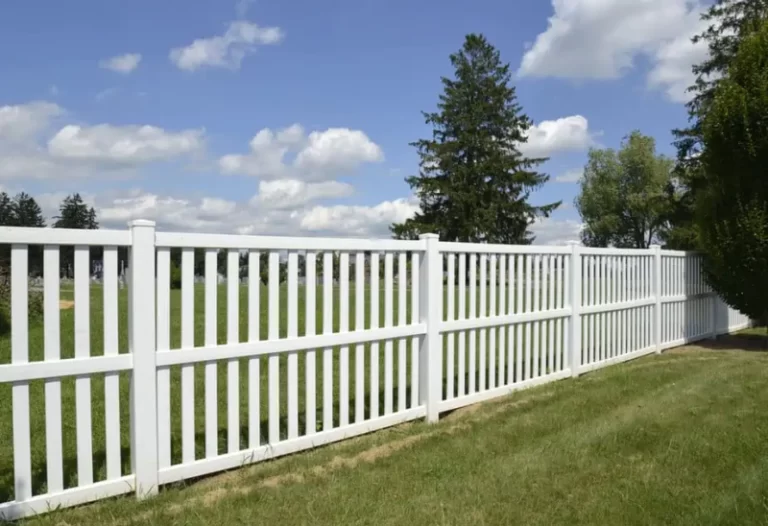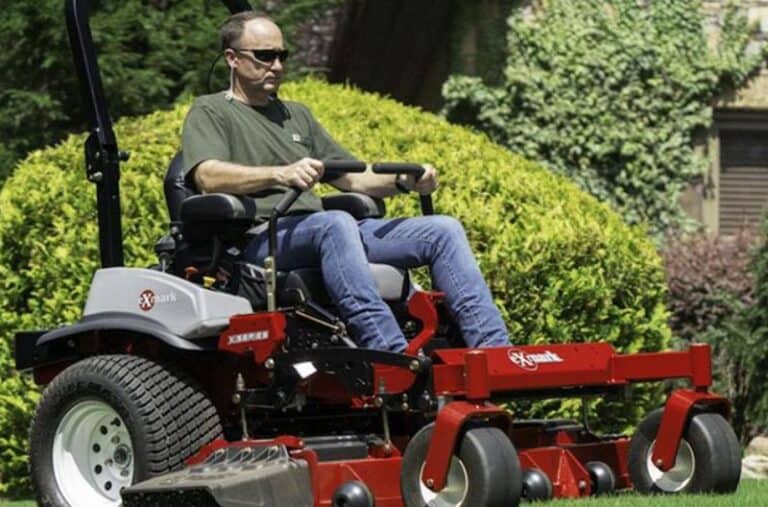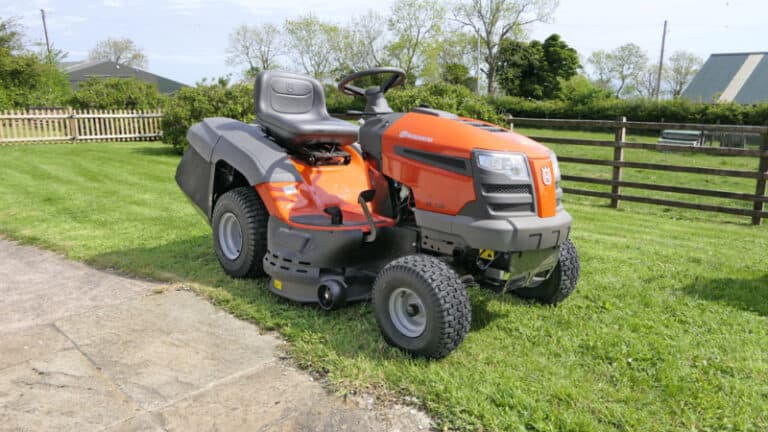Common Problems Associated With Scag Tiger Cat 2 Mower
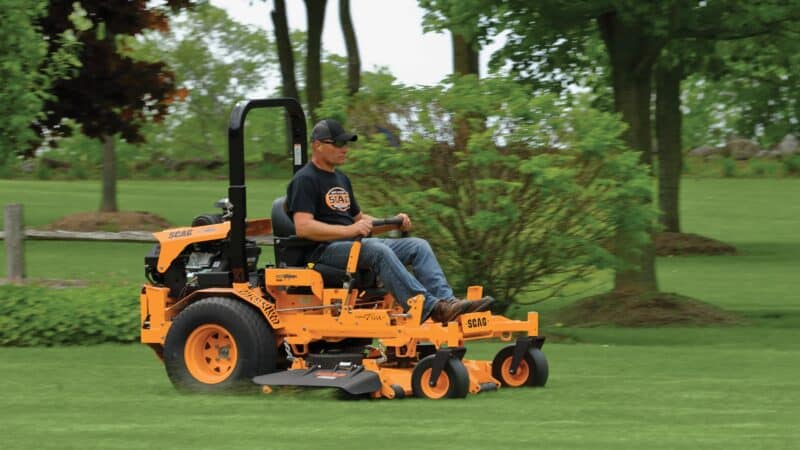
The Scag Power device has provided a wide selection of zero-turn mowers since 2014. It well knows that the Tiger Cat 2 from Scag is a premium commercial zero-turn mower. It’s the best in terms of how simple it is to use and how efficient and effective it is.
Nonetheless, this does not indicate that there are no flaws whatsoever. You should focus on more than just the benefits, like how long it lasts and how strong the engine is; you also need to know the drawbacks.
For those thinking about adopting a scag tiger cat 2, these are the top nine problems you could face:
1. Cutting Speed Issue
One of the most common problems you can encounter with the machine is excessive cutting speed. When the mower runs at higher speeds, it creates more power for the ground contact wheels. This could cause many issues, including premature damage to the ground wheels.
When you start your Tiger Cat 2 mower, the first thing to do is check the speed. The mower is programmed at a specific speed.
Check whether the speed control turns up to the position you’ve set for the desired speed. The speed needs to be adjusted if it doesn’t reach the selected place.
Also, you need to make sure the mower has enough power. If it doesn’t, the mower will not be able to turn quickly. You might need to change the gears or increase the engine size or the mower.
2. Fuel Problem
Check the fuel line that connects from the carburetor to the tank. It may have a small hole, allowing water to leak into the gas line. It also may have a kink that restricts the flow of fuel. The best way to resolve this is to remove the fuel cap, look at the fuel line, and get a better idea of what is happening.
A better method would be to buy a carb cleaner, put it in the gas tank and then pump it up using the lawn tractor’s blower. This will remove any kinks and allow for proper fuel flow.
The fuel line that comes with the mower is likely to be cracked, leaking, or even disconnected. Fuel leaks out of this small opening, so there’s no way to get fuel into the carburetor. The only way to fix this would be to replace the fuel line or repair the carburetor. It may also be a faulty fuel filter causing the problem.
3. Excessive Ground Clearance
The ground clearance may be too much for the area where the mower is operating. This would cause the mower to tip over easily and not properly cut the grass. Excessive clearance also causes the mower to be more prone to being thrown off center while cutting. This is due to the front end of the mower being unstable and pushing the mower to tip over.
The easiest way to determine if this is a problem is by looking at the factory specs on the mower. You may need to lower the mower if they don’t show an acceptable ground clearance.
4. Hydro Belt Issue
The hydro belt that powers the rear wheels has failed or broken. The belt drives the wheels directly from the transmission, which rotates the belt. The belt is essential to have a stable mower. With a faulty belt, the wheels are unable to turn. As a result, the mower will have to be replaced.
If the hydro belt is worn out, it will start slipping and be unable to transfer energy from the engine to the drive sprocket. This can cause the engine to rev up above average and eventually stop. This should be corrected by replacing the belt.
You may also need to adjust the belt’s tension to ensure that the belt is tight enough and tight enough. Check the belt tension before you attempt to replace the belt.
5. Warranty Issue
Your warranty is probably for two years, and there is no extended warranty. The mower will be serviced yearly, if not every time you mow. It’s best to purchase a new mower with a warranty in place. All warranties will expire at some point, so keep your warranty current.
The exact warranty terms and conditions will vary from manufacturer to manufacturer. Most warranties will cover parts and labor for repairs or replacement. Some will require an annual service visit, including all maintenance performed on the mower. Other brands of lawn tractors are warranted for one year.
6. General Maintenance
In addition to the annual service, it is crucial to maintain the lawn tractor as it is designed to be maintained. General maintenance should include regular inspection of all components, such as tires, fuel filters, etc. Inspect the engine thoroughly before each use.
Mowing grass will wear out the belts, drivetrain, etc. It is recommended that the engine be inspected at least every other time you mow. Use caution when pulling or pushing the lawn tractor. Keep the area clean around the mower.
Grass clippings can get caught in the wheels and damage the drive train. Keep the site free of debris. If you use the lawn tractor off-road, take additional precautions to protect your lawn tractor. Make sure the lawn tractor is stored securely. Make sure that the lawn tractor is protected from the elements. Remove any dirt, mud, or water underneath the lawn tractor.
7. Center of Gravity Issue
Mowing down hills is a big no-no. You may want to think about the mower’s center of gravity before rolling the lawn tractor up the hill. For instance, if the mower has a heavy deck, ensure it’s light enough. The front of the lawn tractor should be slightly heavier than the back, and the tires should be larger than the ground surface.
Center of gravity issues is one of the leading causes of accidents. If the center of gravity is too far to the front of the lawn tractor, then the lawn tractor will tip over backward. On the other hand, if the center of gravity is too far to the back of the lawn tractor, the lawn tractor will tip over forward.
Several methods can move the center of gravity further toward the back of the lawn tractor. If the center of gravity is transferred to the back of the lawn tractor, the chances of tipping over the lawn tractor are significantly reduced.
8. Power Source Issues
When you start up the lawnmower, check the power source. Is it safe? Do you need to add another battery? Can you get more juice out of the current one? Is the power source plugged in properly? It’s also essential to test the battery voltage with an electrical multimeter.
You should see around 14.4 volts on a good battery. Recheck the voltage after a few minutes. The battery should lose approximately 0.4 volts a minute or so after you start the engine. It should drop below 14.4 volts, so be prepared to turn the ignition off immediately if this happens.
9. Starting Problem
The Scag Tiger Cat 2 Mower will start but run rough quickly and then quit. The mower runs fine when turned off and then starts running wild. It will start up but stop before it gets to the end of the cut. The battery is charged, and the gas line is full. The mower has been towed and put back on a lift, and there is no damage.
You can also read:

